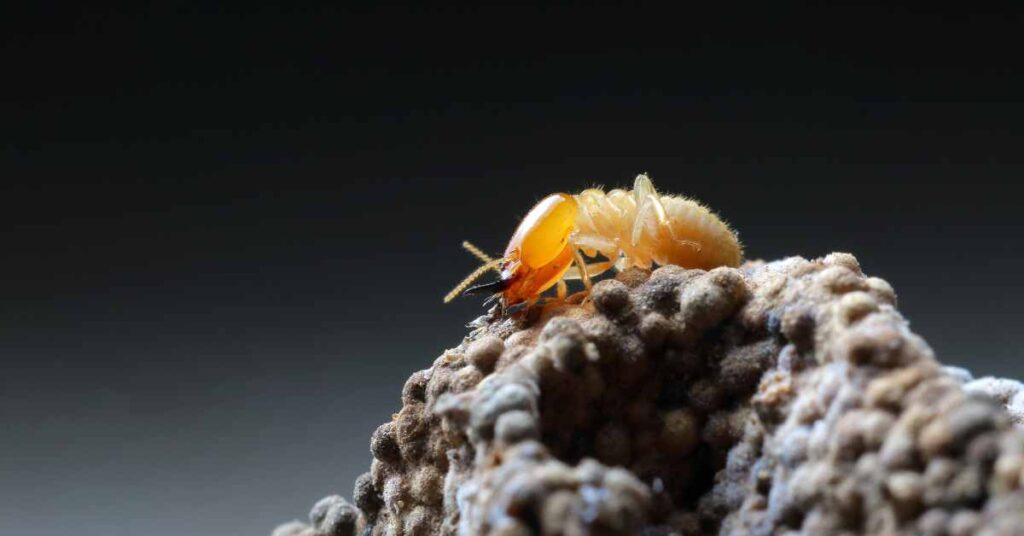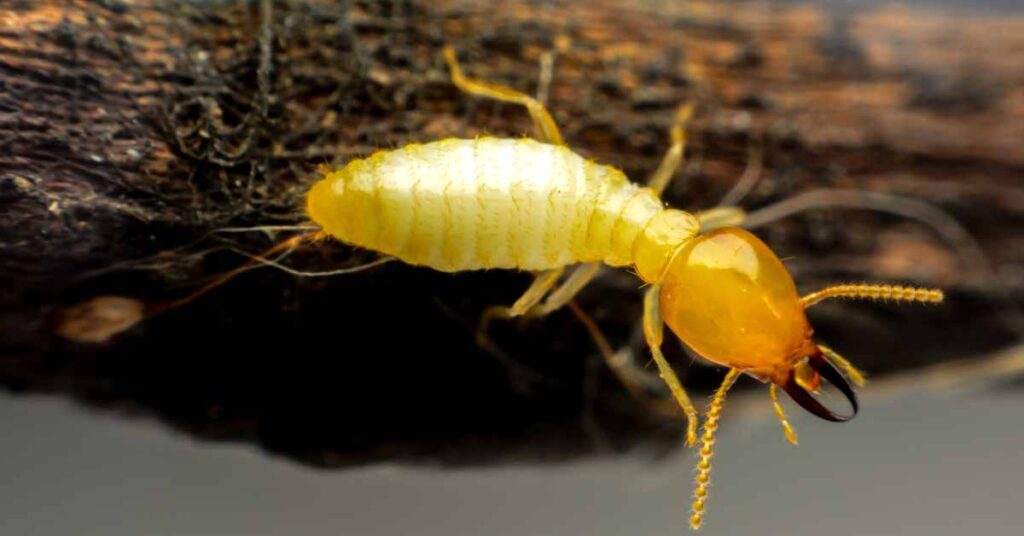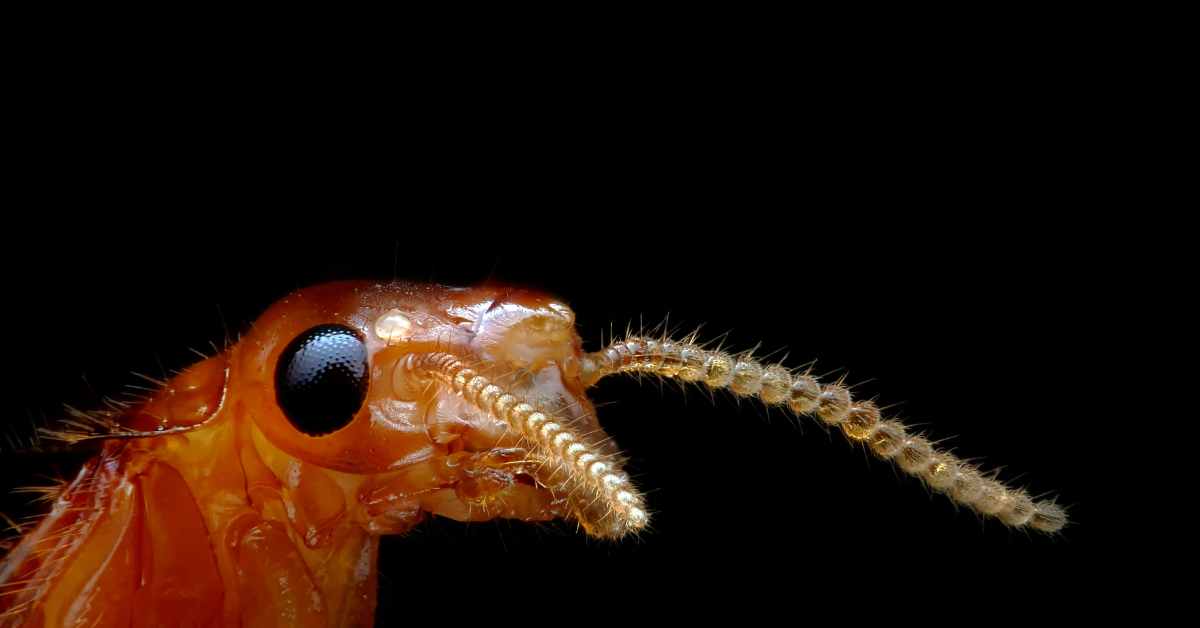White ants, commonly misidentified due to their visual similarity to ants, are actually termites—a distinct group of eusocial insects integral to many ecosystems around the world. This article delves deeper into the environmental niche of white ants, discussing their ecological importance, diverse behaviors, species variation, and their complex interactions with human environments.
Understanding White Ants
Clarifying Common Misconceptions
The term “white ants” inaccurately groups termites with ants, despite their significant biological differences. Termites belong to the infraorder Isoptera and share a closer evolutionary relationship with cockroaches. This section clarifies these common misunderstandings, highlighting the distinct nature of white ants from true ants.
Exploring Species Diversity
White ants boast a remarkable diversity, with about 2,800 known species spread across multiple habitats worldwide, except in Antarctica. These species exhibit a wide range of adaptations that allow them to thrive in environments ranging from arid deserts to humid rainforests, showcasing their ecological versatility.
Ecological Roles and Contributions

White ants, or termites, are integral components of many ecosystems across the globe. Their roles are multifaceted and essential, significantly impacting nutrient cycling, soil dynamics, and plant growth. These roles allow white ants to support diverse ecological functions that benefit both their natural habitats and the broader environmental systems.
Decomposers in the Ecosystem
As primary decomposers, white ants specialize in breaking down cellulose-based plant materials, such as dead wood, leaf litter, and other organic debris. This decomposition process is critical for the ecosystem, as it converts complex organic materials into simpler compounds that are more readily available for use by other organisms. By breaking down these materials, white ants help prevent the accumulation of plant detritus, which can inhibit new growth and potentially fuel wildfires.
The process of decomposition carried out by white ants involves a complex interaction with microbial communities. Inside their guts, white ants harbor a diverse microbiome, consisting of bacteria, protozoa, and fungi, which aid in breaking down cellulose and lignin. These microbes produce enzymes that termites cannot produce on their own, facilitating the digestion of tough plant fibers. This symbiotic relationship enhances the efficiency of nutrient cycling, ensuring that essential minerals like nitrogen and phosphorus are returned to the soil, thereby supporting the growth of plants and maintaining the fertility of the ecosystem.
Moreover, white ants play a role in carbon cycling. By decomposing wood, they release carbon dioxide back into the atmosphere as part of the global carbon cycle. This role is particularly significant in forested and wooded environments, where large amounts of organic material are continuously processed by these insects.
Soil Enhancement and Fertility
White ants influence soil structure and fertility beyond simple decomposition. Their physical activities in the soil—such as burrowing and the construction of tunnels and mounds—greatly enhance soil dynamics. These structures facilitate the aeration of the soil, allowing oxygen to penetrate deeper layers and improving the soil’s ability to retain and drain water. Improved soil aeration and moisture retention are beneficial for plant roots, enhancing their growth and access to nutrients.
The architectural feats of white ants, particularly in the creation of their mounds, also contribute to soil stability. These mounds can prevent soil erosion, especially in arid and semi-arid environments where the soil is loose and susceptible to wind and water erosion. Furthermore, the mounds can act as organic hotspots in the landscape. They often contain higher concentrations of organic matter and nutrients than the surrounding soil, making them focal points for plant growth and subsequently for other fauna that rely on healthy plant populations.
In regions like the African savannas, the presence of termite mounds is crucial. These structures can dramatically alter the local landscape, creating microhabitats that support a variety of life forms. The mounds modify the local microclimate around them, providing moisture and nutrients that support lush plant growth, which in turn attracts a diverse array of wildlife. This can increase local biodiversity and create complex food webs around these termite-engineered structures.
Overall, the ecological roles and contributions of white ants are vital to sustaining healthy ecosystems. Their activities promote nutrient recycling, enhance soil health, and help maintain ecological balance, making them a keystone species in many environments. Understanding and preserving these roles is crucial for ecological conservation and management strategies that aim to maintain the integrity and resilience of ecosystems worldwide.
Social Structure and Behavioral Adaptations

Complex Colony Dynamics
White ant colonies are highly organized with a clear caste system, including workers, soldiers, and reproductives. Each caste has distinct roles, from maintaining and expanding the colony to defending it against threats. This complex social structure is a key to their survival and ecological success.
Advanced Communication Systems
White ants demonstrate sophisticated communication methods through pheromones, physical contact, and vibrational signals. These communication channels are crucial for coordinating activities within the vast and intricate colony structure, enabling them to efficiently manage resources and respond to environmental challenges.
Interactions with Humans
Economic Impacts and Challenges
While white ants are ecologically beneficial, they are often considered pests in human environments due to their potential to cause extensive damage to wooden structures and crops. Annually, they are responsible for billions of dollars in damage globally, impacting economies and livelihoods.
Sustainable Management Approaches
Managing white ant populations involves integrating chemical, biological, and physical control strategies that are environmentally sound and sustainable. Innovations in pest management emphasize minimizing ecological disruption while effectively controlling termite populations to reduce their impact on human structures.
Conservation and Environmental Change
Biodiversity and Conservation Importance
The vast array of white ant species plays crucial roles in their respective ecosystems. Protecting their habitats from deforestation, pollution, and urbanization is essential for maintaining ecological balances and biodiversity.
Impacts of Climate Change
Climate change poses significant challenges to white ants by altering their habitats and the availability of resources. Understanding how white ants adapt to these changes is crucial for predicting their future ecological roles and preparing effective conservation strategies.
Future Research Directions and Policy Integration
Cutting-edge Research and Technological Advances
Recent advancements in genomic and microbial research have provided deeper insights into the symbiotic relationships between white ants and their gut microbes, which are crucial for cellulose digestion. These discoveries are paving the way for more targeted and environmentally friendly pest control methods.
Collaborative Conservation Efforts
Future conservation strategies will likely focus on integrative approaches that consider ecological, economic, and social factors. Collaboration among scientists, policymakers, and local communities will be key to developing effective conservation practices that preserve white ant populations while mitigating their negative impacts on human activities.
Conclusion
White ants are more than just common pests; they are vital components of their ecosystems with sophisticated social structures and important ecological functions. Through a balanced approach that appreciates their roles and manages their impacts, we can ensure that white ants continue to contribute to ecological health and biodiversity while minimizing their threat to human activities. Ongoing research and adaptive management will be essential to navigate the challenges posed by environmental changes and human pressures.
Read More: Antennae Moth: A Key to Ecological Balanceantennae mothAntennae Moth: A Key to Ecological Balance

